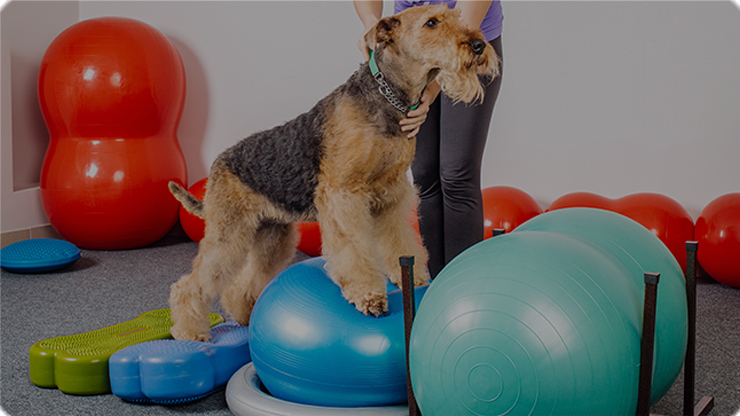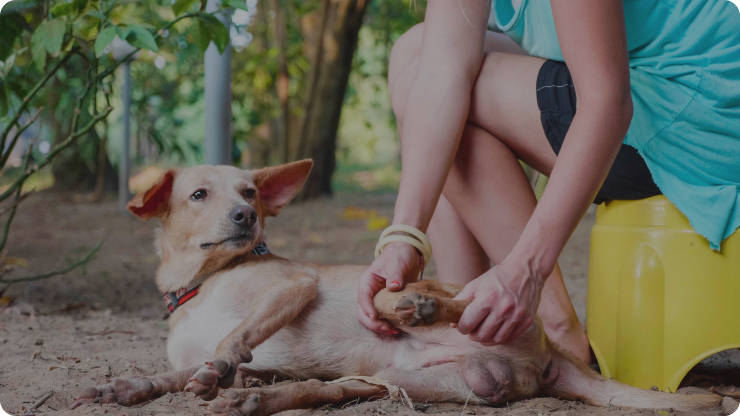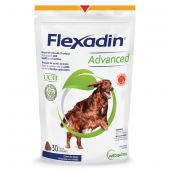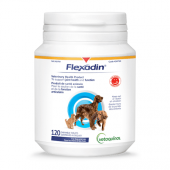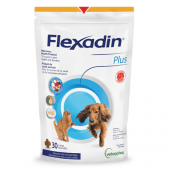What is animal physiotherapy?

Renée Charbonneau
Veterinary
Animal physiotherapy (or physical rehabilitation) is a series of non-invasive techniques that aim to improve an animal’s mobility and reduce its pain generally caused by:
- Surgery
- Osteoarthritis
- Injury
- Old
Animal physiotherapy uses a combination of passive and active exercises that can be performed in the veterinary clinic and at home, as well as massage, hydrotherapy, laser treatment, ultrasound therapy and electrical stimulation to improve your pet’s quality of life.

